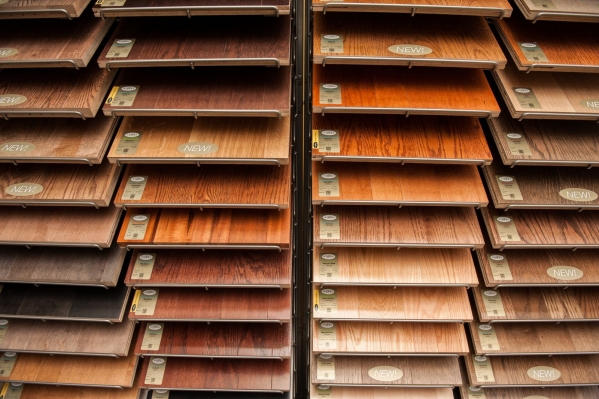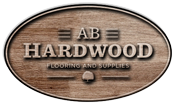What to Look for in Bamboo Flooring
So what qualities should you look for? Most bamboo flooring is made from bamboo pieces glued together in alternating layers and then milled into flooring pieces. Ideally, the bamboo should be at least four to five years of age in maturity so that it achieves a hardness rating of at least 1,400 psi on a Janka scale (harder than most oak flooring); some flooring is being made out of only 2- to 3-year-old bamboo that is not fully mature and much softer on a hardness scale. Some customers have even blogged that they can easily sink their fingernails into the flooring!
The moisture content (MC) should be 8 percent or less and consistent throughout the flooring boards. Consistency and even kiln drying is the key. There should be minimal color variation so that the installers don’t have to worry about drastic color patterning. The glues and finishes should be of high quality, contain at least one layer of a high-quality aluminum oxide for increased scratch resistance and durability, and have low to no VOCs or formaldehyde. Some flooring has only one or two layers of polyurethane, while others have five to six coats. Look for flooring that passes the strict CARB standards that California has set for indoor air quality.

What’s the difference between red oak flooring and white oak flooring?There is a noticeable difference between a red and a white oak floors. Here is some information that you mind use while choosing your perfect floors :
1. Color – red oak has a bit of a pinkish tint is a little bit lighter than white oak. White oak tends to be a bit browner, darker and more yellow. When you stain them, the difference between the 2 species decreases, especially the darker you go. With lighter stains, the red oak tends to have a bit of red undertone in the color.
2. Graining – red oak tends to have stronger graining than white oak hardwood. White oak has a bit of a smoother look. Some people prefer the strong graining of red oak – both because they like the look and because the strong graining helps hide the scratches and dents; other prefer the slightly smoother grain of white oak and feel it’s a less busy look
3. Hardness – white oak flooring is a bit harder than red oak. On the Janka hardness scale, White oak is 1360 and red oak is 1290. But, as I mentioned above, even though red oak is a bit less hard, it tends to show the dents a bit less.
4. Compatibility with stair treads and accessories – Red oak is more common in stair treads, saddles, banisters and other transitions. If you have oak stair treads already in your home, chances are, they are red oak, so you may be better served matching that. If you need to get new stair treads or other transitions, they are usually more readily available (and hence lower priced) in red oak.
Hardwood Flooring in the kitchen
Hardwood is often installed throughout the house for a seamless look. Though hardwood lasts for years, you can get fresh looks down the road by refinishing, staining kitchen floors.






